Capturing wildlife photography is an exhilarating pastime with something new to experience during every outing. You never know what you’ll find when you head out with your camera to a secluded spot far from civilization and safely within the realm of nature. Check out these hot spots around the U.S. for diverse photography opportunities that'll give you a gentle glimpse of a different world.
California for Elephant Seals
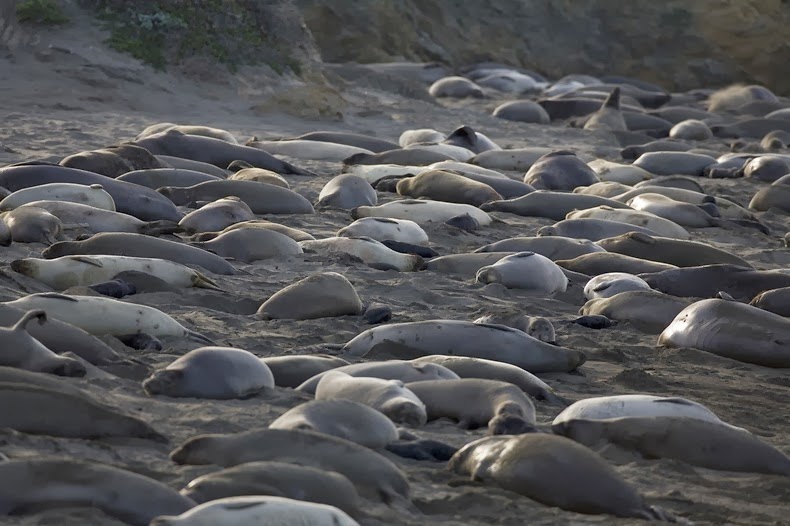
Thanks to the Marine Mammal Protection Act, the elephant seal is a prominent sight along the coast in Piedras Blancas, California. This stunning creature was once hunted nearly to extinction. Thanks to conservation efforts, you can now see a colony of about 15,000 elephant seals in the rookery near the Piedras Blancas Lighthouse. As the name suggests, this animal looks like a bulbous cross between an elephant and a seal. Males set up residence in the area around late November. Females arrive in December and give birth the next month. Babies stay in the area another three or four months.
Florida for Manatees

In the winter months, Florida’s manatees head toward the warm clear waters of local springs and wildlife sanctuaries. In these shallow areas, it’s easy to spot and photograph these stunning creatures, even from above the water. Try the Crystal River National Wildlife Refuge, Blue Spring State Park, or Edward Ball Wakulla Springs State Park. Always follow local rules and recommendations for safe manatee viewing.
North Carolina for Black Bears
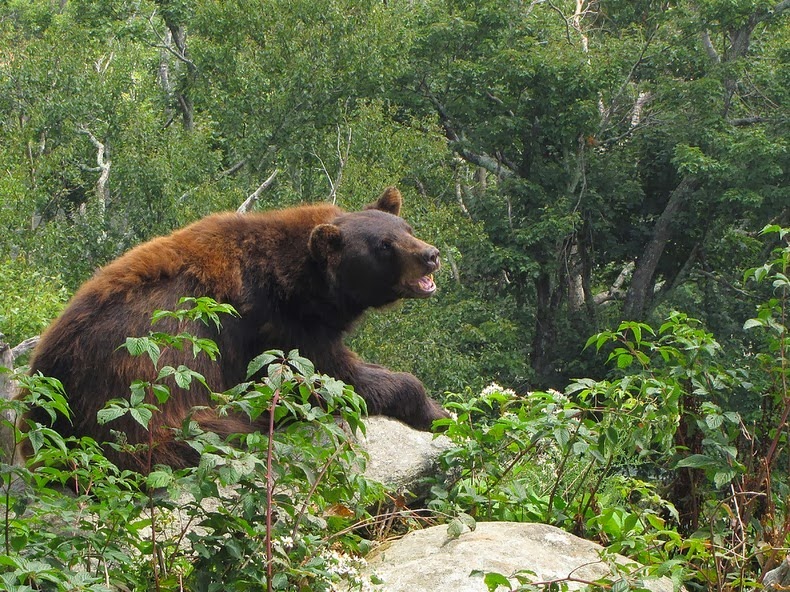
Black bears are present throughout 60 percent of North Carolina. While these animals make for stunning wildlife photography, it’s important to treat these encounters with care. Always keep at least 150 feet away from black bears. This is the time to use your zoom features and get your wildlife photography from a respectful distance. Your presence should never cause the bear to change his path or pattern. With fast NC Internet service providers you can snap your pics quick, get away, and have them shared with friends before the bears even notice you were ever there.
Maryland for Bald Eagles
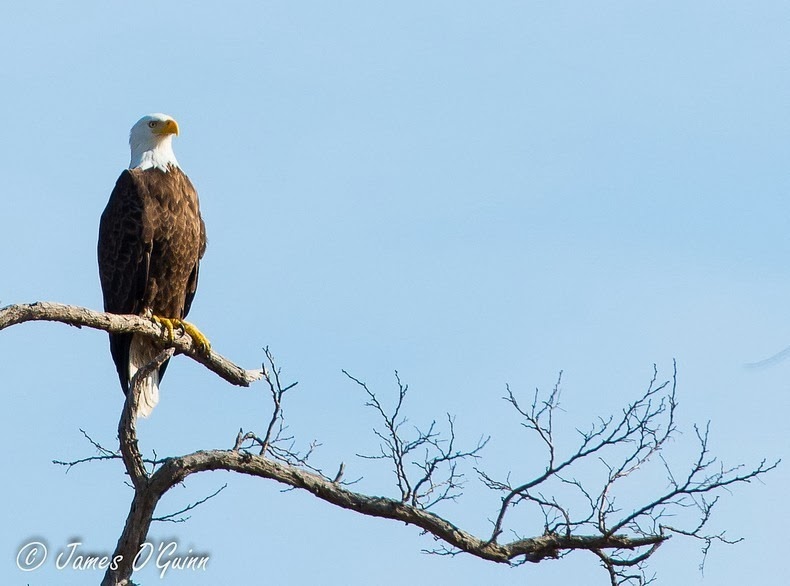
The majestic bald eagle is no longer a rare sight in spots throughout the U.S. One of the more popular locations for photographing bald eagles in the wild is in Maryland. There are large populations around the Chesapeake Bay area. The breeding population was at a low of just 44 pairs in 1977. In 2004, the number was up to 390 pairs and was estimated to top 500 pairs in 2010. Grab your camera and enjoy a patriotic – and none too uncommon – sight.
Utah for Elk

Head to Hardware Ranch in northern Utah to spot thousands of Rocky Mountain elk. Take part in wagon rides in the summer or sleigh rides in the winter. The visitor center here will help you become better acquainted with these creatures as well. With so many stunning viewing opportunities, great photos are readily available.
Alaska for Caribou
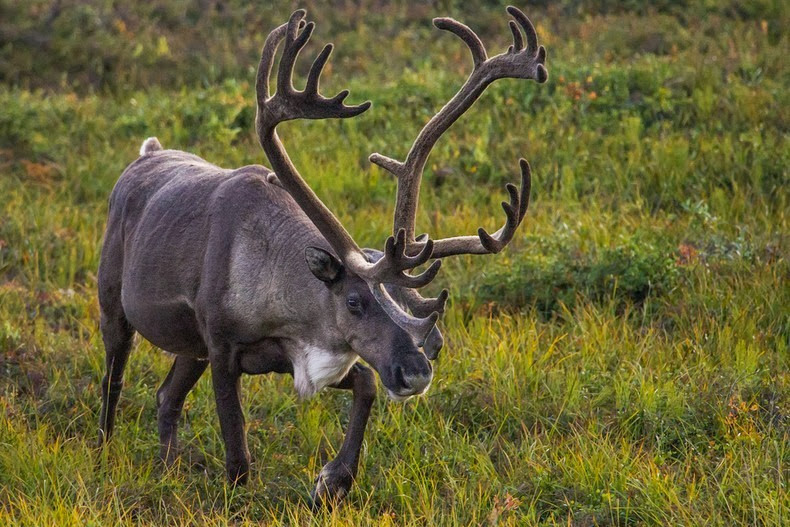
Caribou are readily identifiable by their massive antlers. Both the males and females of this species display these eye-catching antlers. For a majestic view with stunning lines and stately carriage, this animal is a great choice. Wildlife photographers will find caribou throughout Alaska, distributed through 32 herds. Denali National Park is a beautiful starting point for caribou as well as other wildlife viewings.
Wyoming for Bison
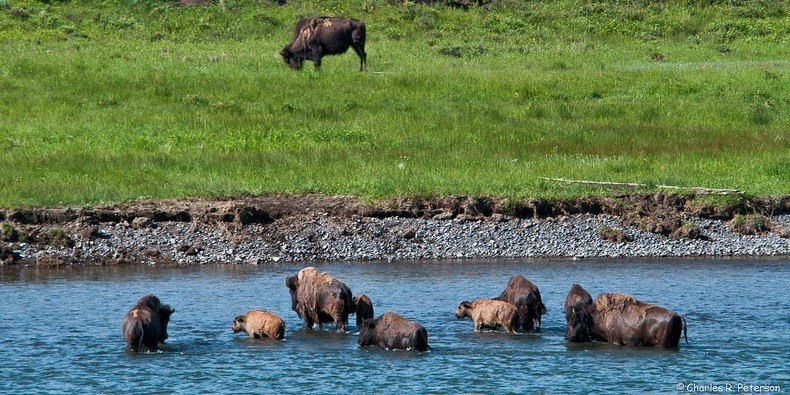
Bison are readily visible in many parts of Grand Teton National Park. You can see them grazing around Mormon Row and Snake River most of the year. This area is teeming with other types of wildlife as well, including bald eagles, beavers, moose, coyotes, American kestrels, and elk. Always keep your distance from these animals and use your zoom to get the best shots without disturbing local wildlife populations.
Any time you’re photographing wildlife, it’s important to remember that you want to protect these majestic and awe-inspiring creatures for future generations. Research the local ecology so you know how to best pursue the animals without disturbing them, so your discreet photos aren't the only evidence left that you ever ventured into their territory.
This guest article was contributed by Mandi Rogier who writes regularly on travel topics throughout the United States. She currently resides in Central Florida where she keeps regular tabs on some of the most popular theme parks in the world.



Love animals.. Regards.
ReplyDelete